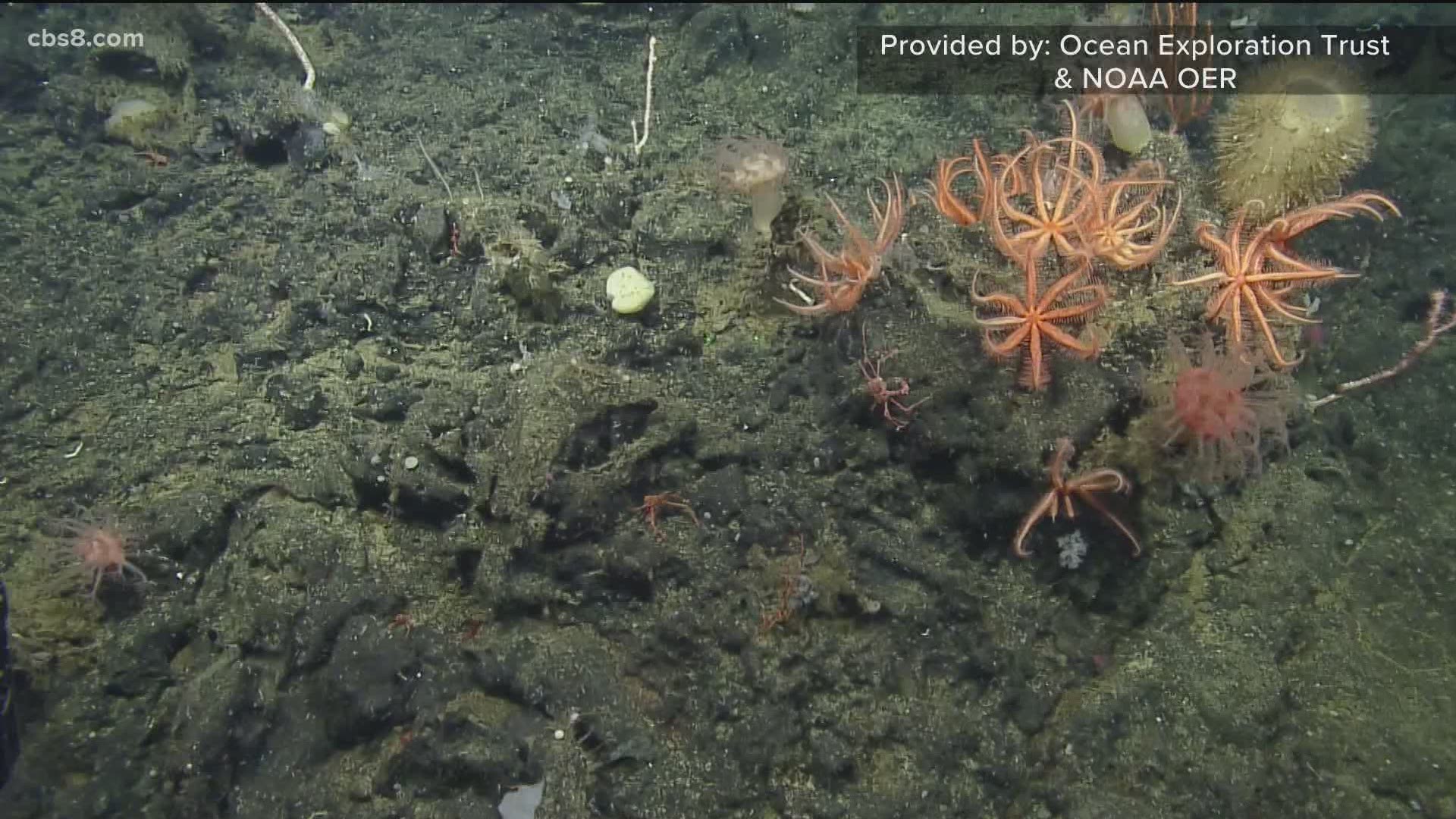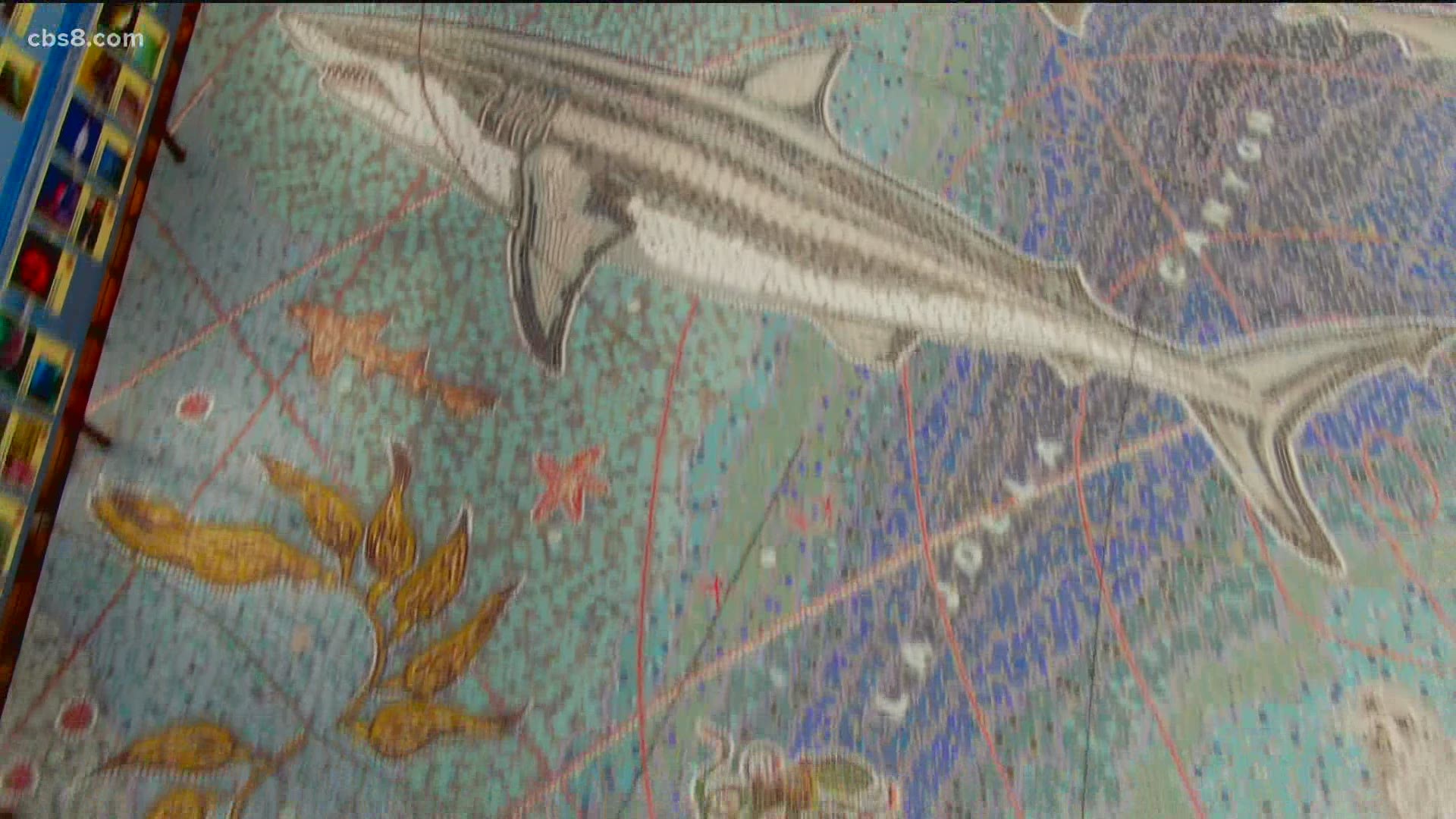SAN DIEGO — There are parts of this planet that have yet to be explored, even right off the coast of Southern California. There's an area known as "Borderlands" that's rich in minerals and made up of deep canyons, ridges, and seamounts.
The deep sea has scientists onboard the vessel "Nautilus" on a mission.
They sent remotely-operated vehicles known as ROVs to explore unchartered areas up to 190 miles offshore. The ROVs are sent down nearly 6,000 ft.
"Over the years I've come to understand that most of this planet is actually deep sea and it's the part of the planet we know the least about," said lead scientist and biological oceanographer Lisa Levin from Scripps Institution of Oceanography.
She's been diving, exploring, and providing valuable insight on the underwater world for more than four decades.
"The deep sea is the most magnificent place in the world," Levin said. "Every time we go down, we see animals and things we've never seen before and the new ways animals live."
On their latest mission at the end of October, scientists were able to view sea creatures like glass sponges, sea urchins, sea anemones, brittle stars, and mushroom coral. They also took samples of a few rocks and coral. They made eight successful dives on that cruise and with each dive came new discoveries.
"I think I was really impressed by the fact that every single place was different than the last place," Levin said. "The rock formations mattered, how far offshore we were mattered, and the history and effects of oxygen, there were a lot of influences."
But this dive into the deep sea was about much more than fascinating images. Researchers hope this helps with big policy decisions. That's because another appeal of the deep sea would be the nickel, cobalt, copper and other elements that are in high demand, especially for green energy.
What's found in the rocks could help build electronics, car batteries, solar panels, and wind turbines. But, as Levin said, it's important to learn what lives at the bottom of the ocean before anyone even considers mining there.


